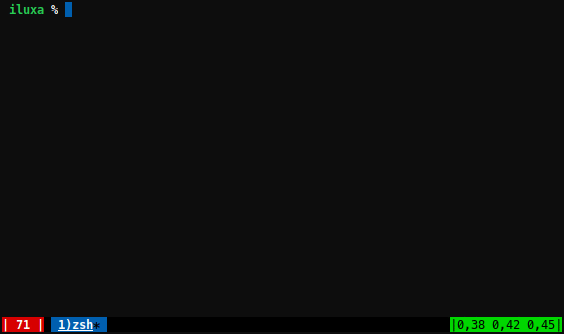Let's say I'm running xterm, and I su; I'm then root, and I want to run a qt4 application in my X session I'm running as another user.
Can I do that? How would I do that?
I can't imagine I'm the first person who wants to do that, so I figure there must be a way...
Can I do that? How would I do that?
I can't imagine I'm the first person who wants to do that, so I figure there must be a way...


